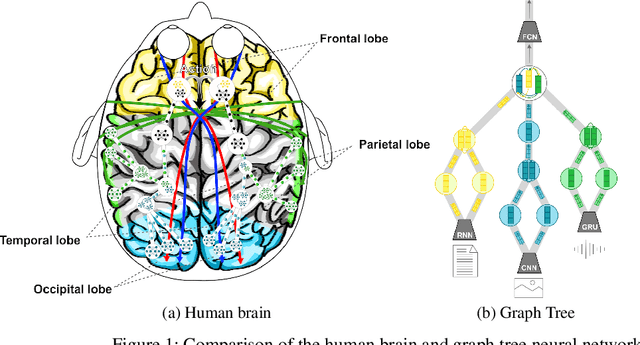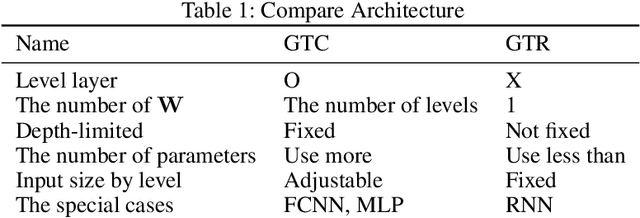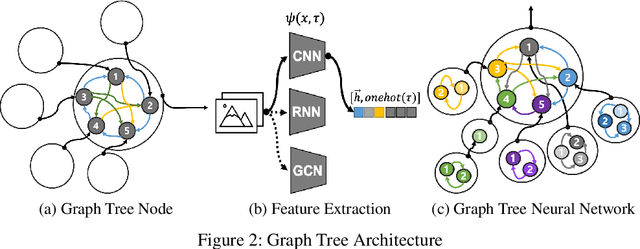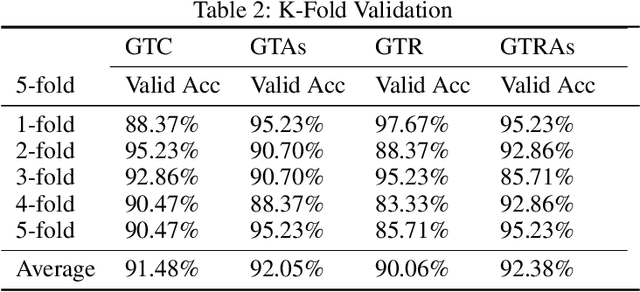Artificial Association Neural Networks
Paper and Code
Nov 22, 2021



In the field of deep learning, various architectures have been developed. However, most studies are limited to specific tasks or datasets due to their fixed layer structure. This paper does not express the structure delivering information as a network model but as a data structure called an association tree(AT). And we propose two artificial association networks(AANs) designed to solve the problems of existing networks by analyzing the structure of human neural networks. Defining the starting and ending points of the path in a single graph is difficult, and a tree cannot express the relationship among sibling nodes. On the contrary, an AT can express leaf and root nodes as the starting and ending points of the path and the relationship among sibling nodes. Instead of using fixed sequence layers, we create an AT for each data and train AANs according to the tree's structure. AANs are data-driven learning in which the number of convolutions varies according to the depth of the tree. Moreover, AANs can simultaneously learn various types of datasets through the recursive learning. Depth-first convolution (DFC) encodes the interaction result from leaf nodes to the root node in a bottom-up approach, and depth-first deconvolution (DFD) decodes the interaction result from the root node to the leaf nodes in a top-down approach. We conducted three experiments. The first experiment verified whether it could be processed by combining AANs and feature extraction networks. In the second, we compared the performance of networks that separately learned image, sound, and tree, graph structure datasets with the performance simultaneously learned by connecting these networks. In the third, we verified whether the output of AANs can embed all data in the AT. As a result, AATs learned without significant performance degradation.
 Add to Chrome
Add to Chrome Add to Firefox
Add to Firefox Add to Edge
Add to Edge